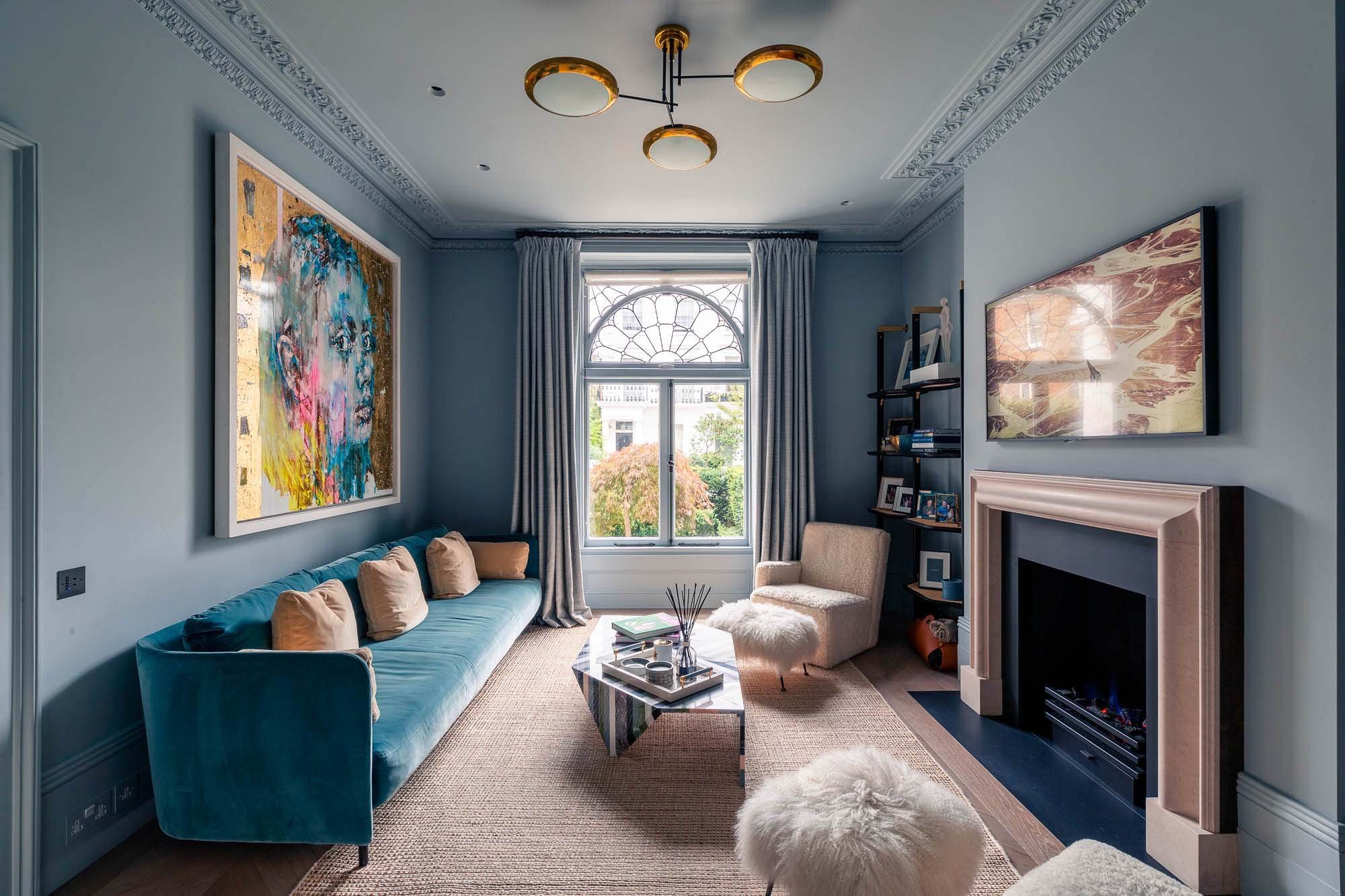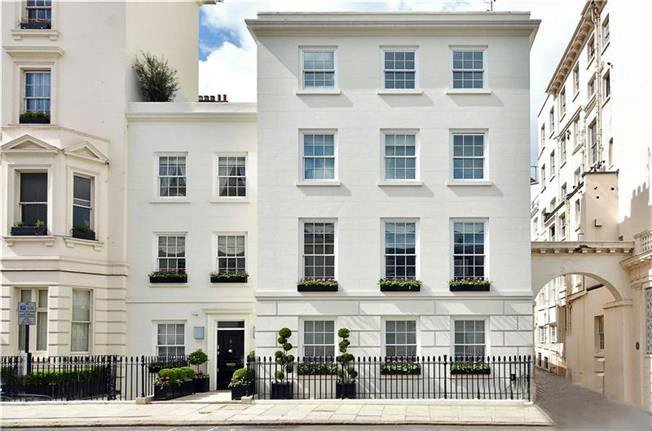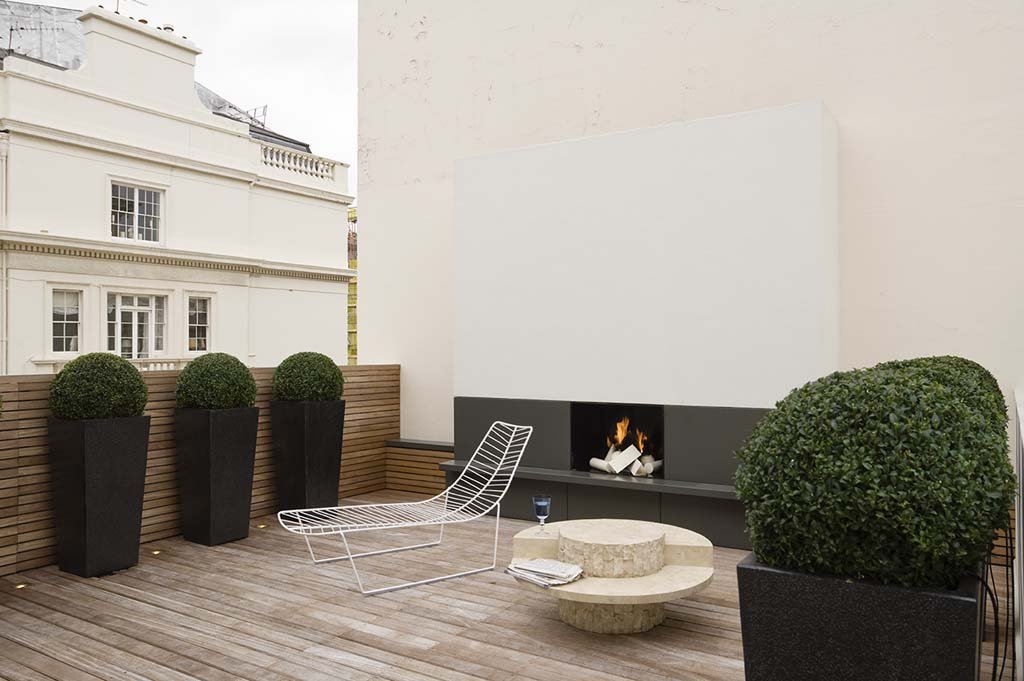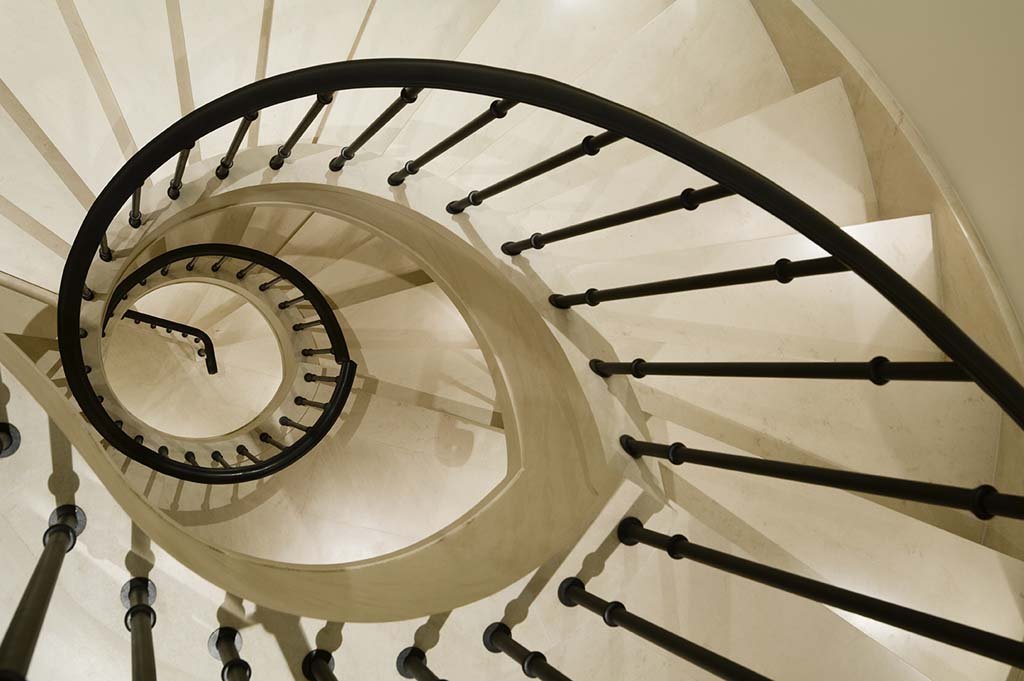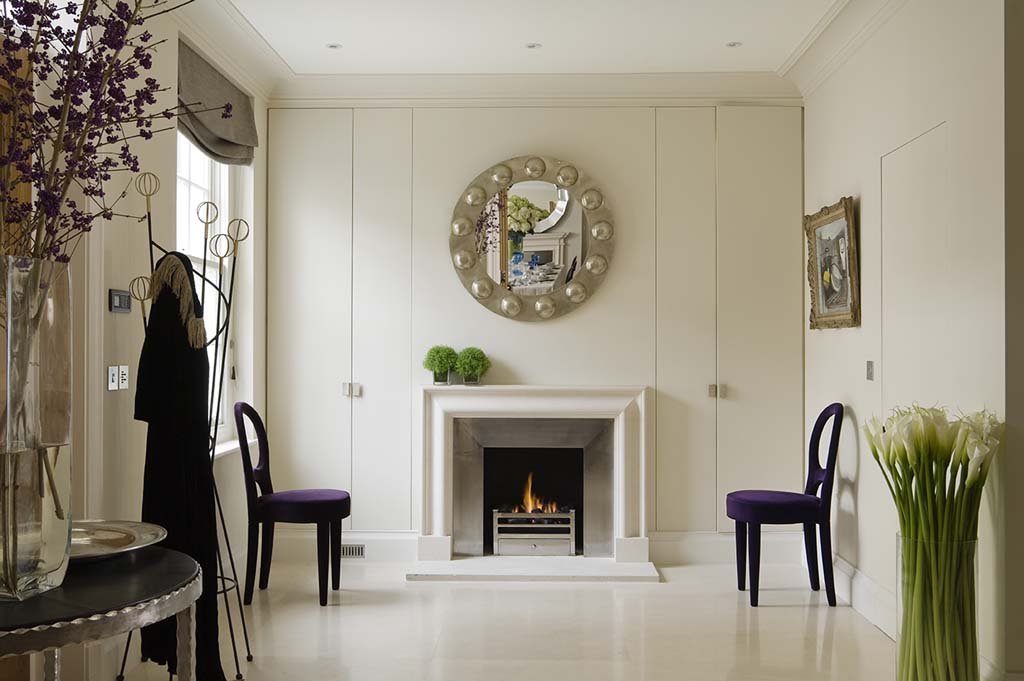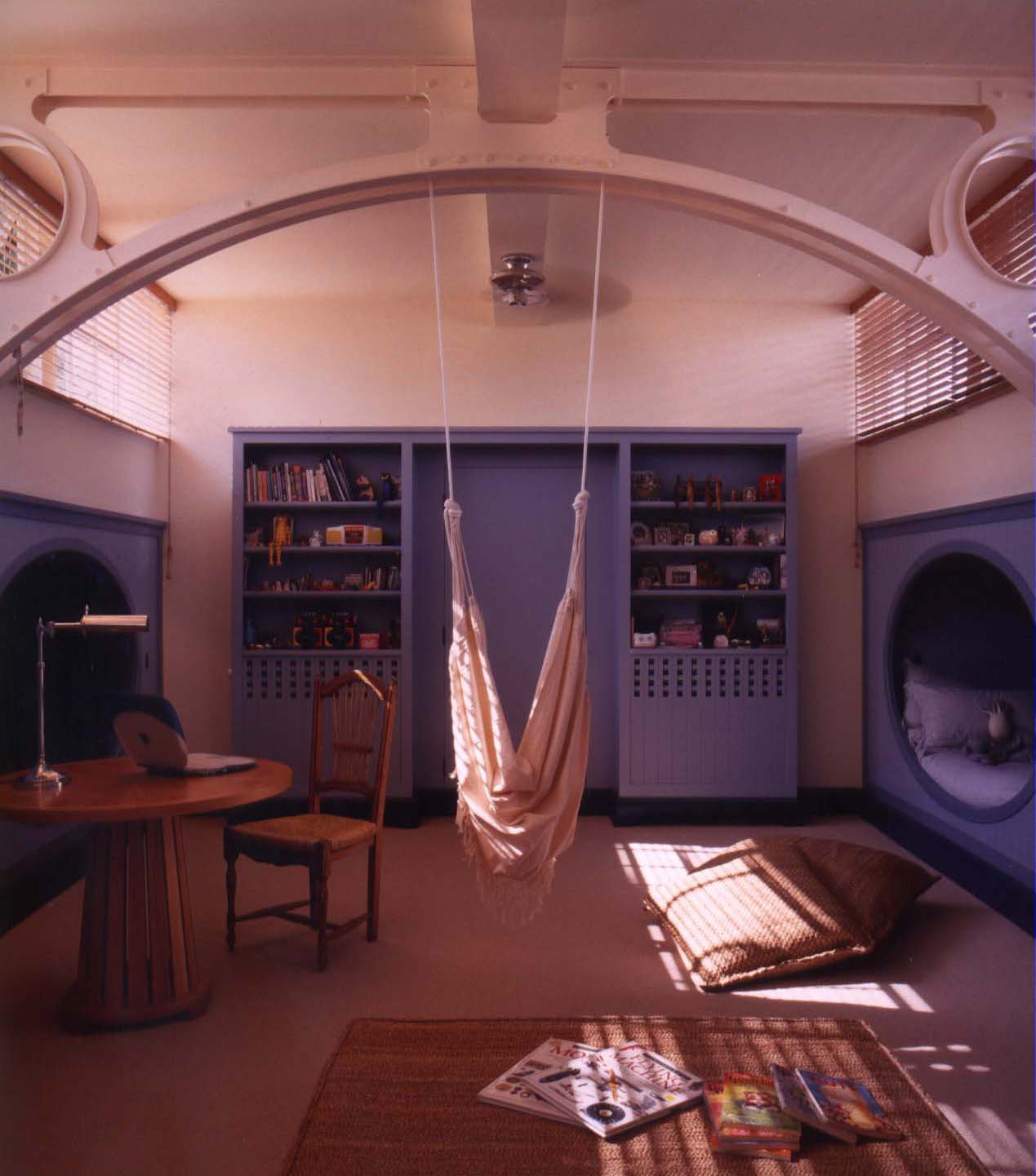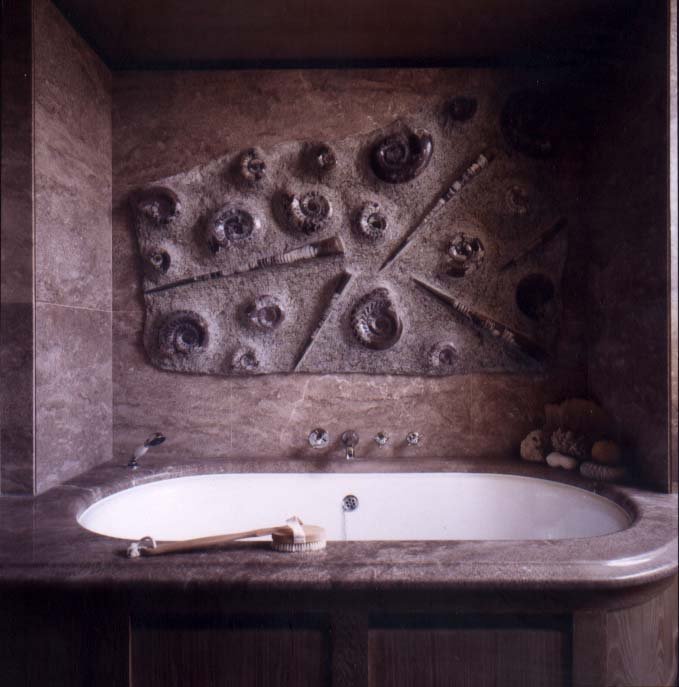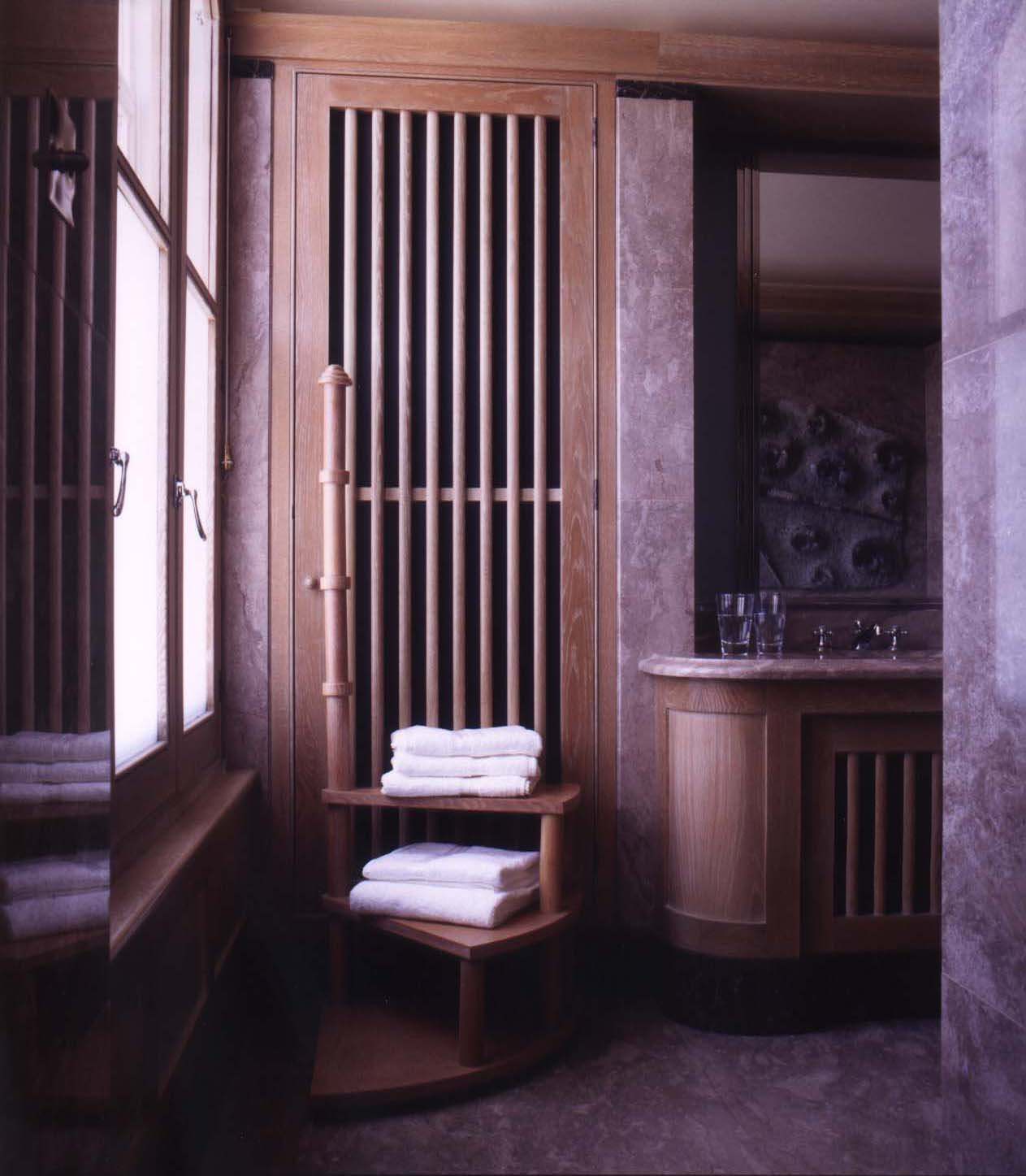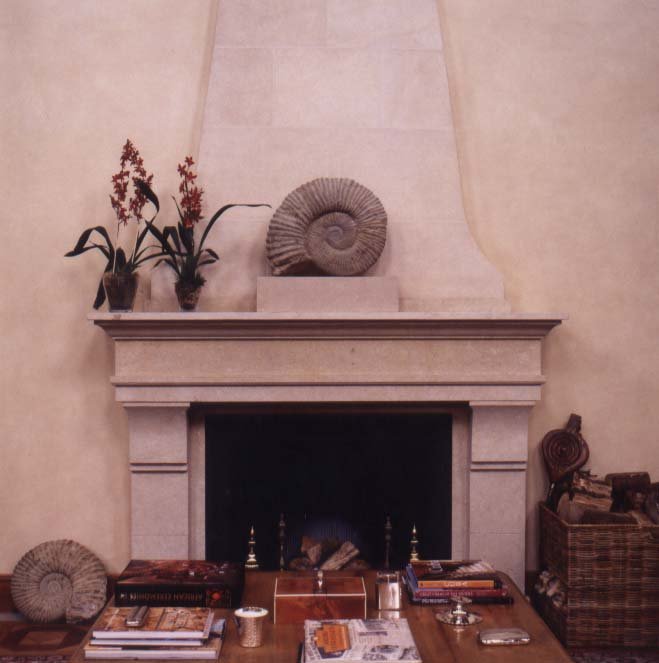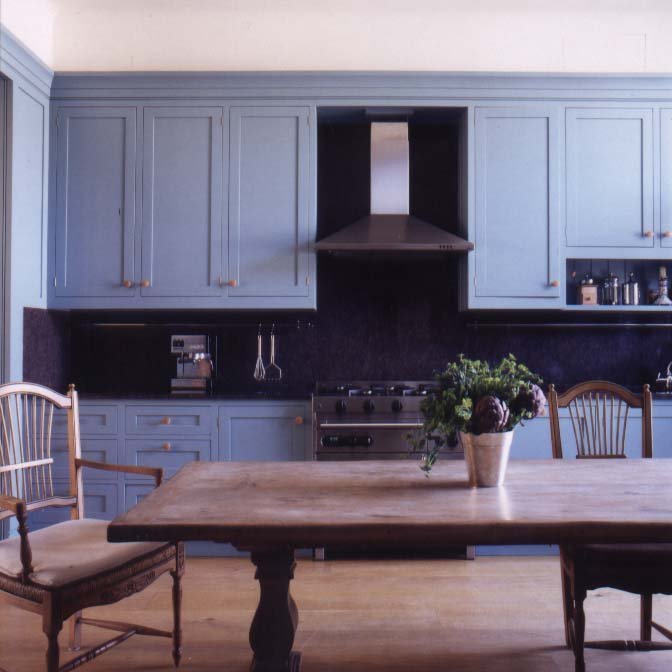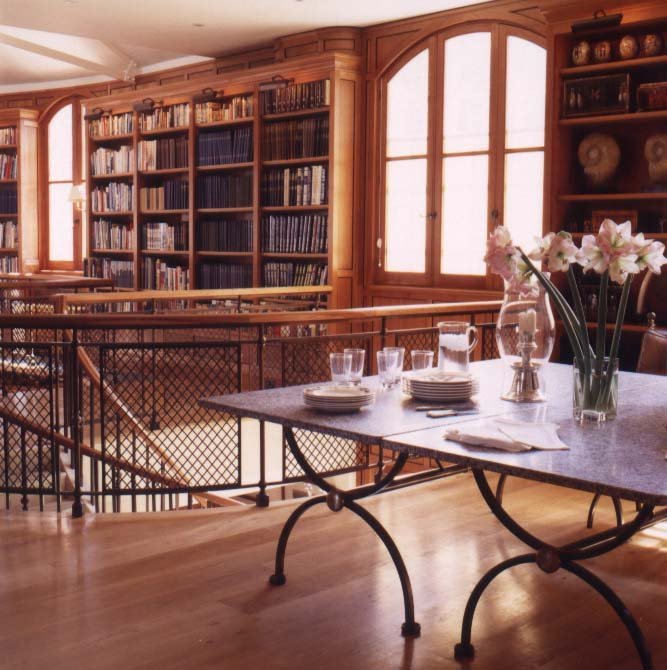What are the restrictions that apply to a Grade II Listed Building?
We are often approached by potential clients who own a Grade II listed home, so we are pretty clued up on what restrictions apply to Grade II listed buildings
When a new client books an appointment to discuss work on their Grade II listed home, we will ensure that the first person they speak to is one of our Chartered Architects who has specific and relevant experience working with Historic and Listed buildings.
What are the three different Listing statuses?
It’s worth knowing what the three different Listed Building grades are, and what they mean.
A Grade 1 Listed Building has significant and exceptional interest, examples are Goldsmiths Hall and Lloyd’s Building in the City of London, see a full list of Grade 1 Listed Buildings from British Listed Buildings in the City of London here.
A Grade II* Listed Building is more interesting than a Grade 2 Listed Building, and considered to have more architectural and historical significance than a Grade 2 Listed Building.
A Grade II Listed Building is of special interest, and is considered to need every effort made to preserve its integrity. As always, the Planning Portal has some good information here.
Listed Building Consent
As we’ve previously discussed here, Planning Permission and Listed Building Consent can be applied for at the same time, and will be needed for exterior alterations, additional buildings/extensions such as a conservatory or back porch. Contemporary additions (such as a glass-box style conservatory) may be allowed, depending on the relevant Local Authority’s policies; there’s an attitude now of emphasising the contrast between old and new – as long as the old, original building is intact. Most Local Authorities have a Conservation Officer, who will be able to help with initial enquiries.
Repairs and Maintenance
All old houses require constant care and maintenance, and the general view is that ‘like for like’ materials should be used. For example, Grade II listed home owners wouldn’t be allowed to replace original single-glazed multi-pane timber sash windows with modern UPVC double glazed windows. However, homeowners are able to replace old, beyond-repair windows with new timber windows. These may be double or even triple-glazed, as long as they are in exactly the same style and proportions as the original windows. Such new windows are allowed so they meet current energy rating requirements, and needless to say, will necessarily be bespoke.
Kitchens and Bathrooms
Kitchen appliances can be replaced as necessary, but there are inherent kitchen features that will need to be retained, such as items like an original range cooker or fireplace, and perhaps the stone flooring or wall tiles. Original kitchen and bathroom fittings may be part of the reason that the house is Listed. If the proposed project includes adding a bathroom where there wasn’t one previously, or where new pipes and drainage systems will be required, these upgrades will require Listed Building Consent. Existing modern bathroom fittings can be replaced or upgraded without the need for Consent.
Historical Perspectives
Many of our clients have either owned their Grade II listed home for some time, or are new owners who will have been made aware of the Listed status at the time of purchase. Over the years, we have found that proud owners of Listed homes are usually quite knowledgeable about what can or can’t be done, and will have already addressed various building, maintenance and repair issues over the years. In many cases, records of improvements and repairs are kept and handed over by previous owners. As Chartered Architects, it’s our goal to make sure that proposed work on a Grade II Listed building meets with requirements in both design and material capacities, so that Listed Building Consent and Planning Permission, if required, is successful.
Have a project in mind?

